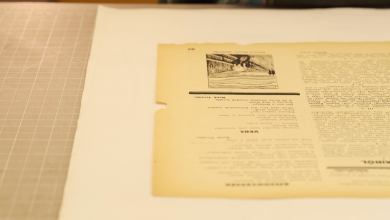Tripling the World’s Nuclear Energy Capacity Is a Fantasy

World leaders are not unaware of the nuclear industry’s long history of failing to deliver on its promises, or of its weakening vital signs. Yet many continue to act as if a “nuclear renaissance” could be around the corner even though nuclear energy’s share of global electricity generation has fallen by almost half from its high of roughly 17 percent in 1996.
In search of that revival, representatives from more than 30 countries gathered in Brussels in March at a nuclear summit hosted by the International Atomic Energy Agency and the Belgian government. Thirty-four nations, including the United States and China, agreed “to work to fully unlock the potential of nuclear energy,” including extending the lifetime of existing reactors, building new nuclear power plants and deploying advanced reactors.
Yet even as they did so, there was an acknowledgment of the difficulty of their undertaking. “Nuclear technology can play an important role in the clean energy transition,” Ursula von der Leyen, the president of the European Commission, told summit attendees. But she added that “the reality today, in most markets, is a reality of a slow but steady decline in market share” for nuclear power.
The numbers underscore that downturn. Solar and wind power together began outperforming nuclear power globally in 2021, and that trend continues as nuclear staggers along. Solar alone added more than 400 gigawatts of capacity worldwide last year, two-thirds more than the previous year. That’s more than the roughly 375 gigawatts of combined capacity of the world’s 415 nuclear reactors, which remained relatively unchanged last year. At the same time, investment in energy storage technology is rapidly accelerating. In 2023, BloombergNEF reported that investors for the first time put more money into stationary energy storage than they did into nuclear.
Still, the drumbeat for nuclear power has become pronounced. At the United Nations climate conference in Dubai in December, the Biden administration persuaded two dozen countries to pledge to triple their nuclear energy capacity by 2050. Those countries included allies of the United States with troubled nuclear programs, most notably France, Britain, Japan and South Korea, whose nuclear bureaucracies will be propped up by the declaration as well as the domestic nuclear industries they are trying to save.
“We are not making the argument to anybody that this is absolutely going to be a sweeping alternative to every other energy source,” John Kerry, the Biden administration climate envoy at the time, said. “But we know because the science and the reality of facts and evidence tell us that you can’t get to net zero 2050 without some nuclear.”



